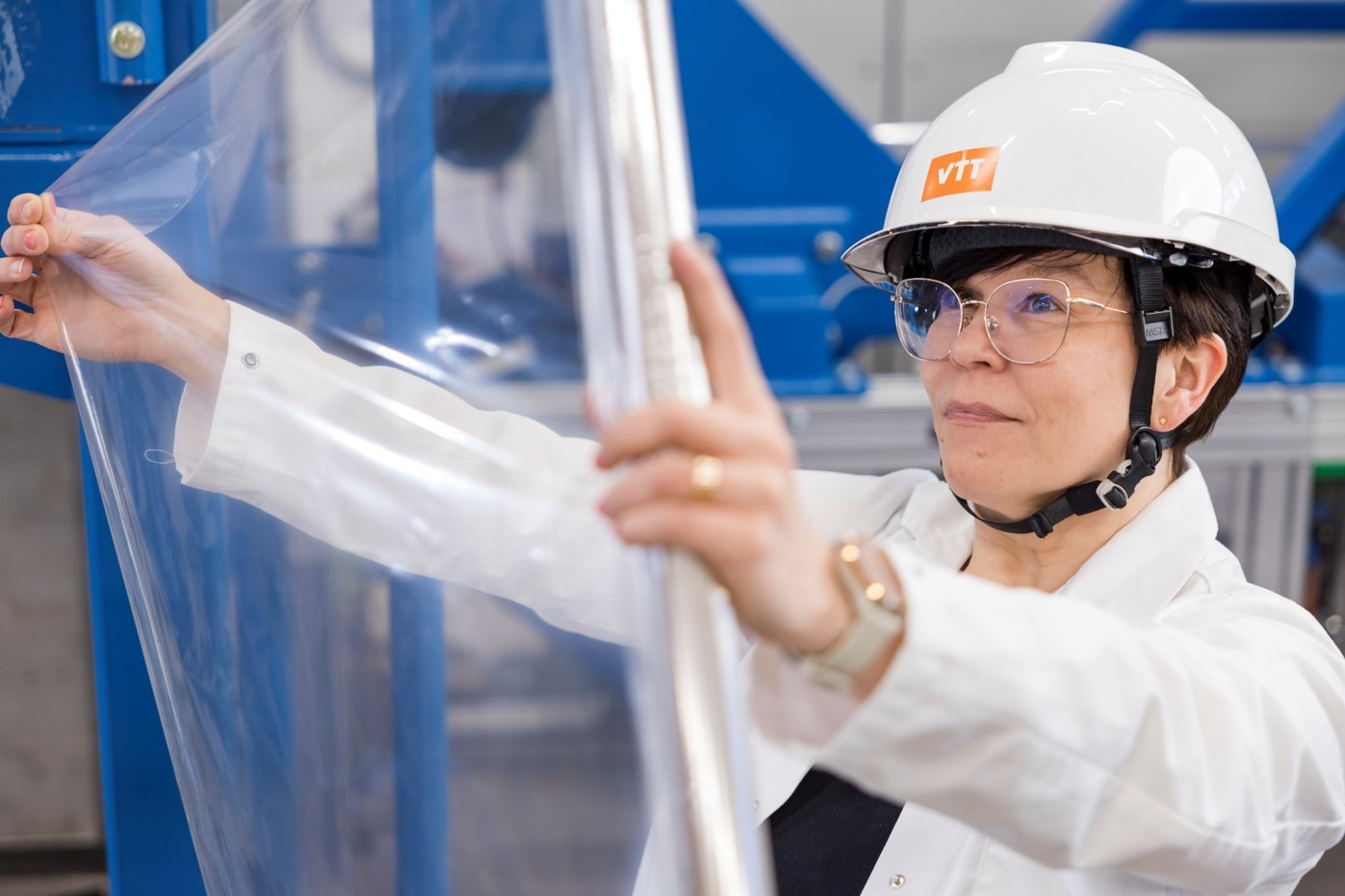News Items - International Association of Packaging Research Institutes
| Clear strategies for VTT with cellulose films VTT in Finland is piloting a regenerated cellulose film with especially good transparency and clarity, potentially capable of replacing conventional plastics films in specific applications, for example where moisture resistance is required. “We can produce transparent and flexible cellulose film,” says research professor Ali Harlin. “The consumer cannot distinguish between this crystal-clear material and traditional oil-based plastics.”  The project uses regenerated or recrystallised cellulose. “VTT has researched cellulose films for more than 10 years, and for more than six years worked with regenerated cellulose in transparent films,” says VP for biomaterial processing and products Atte Virtanen. Although production is still at the pilot phase, these materials could be in extensive industrial use in between five and seven years’ time, VTT claims. The project uses regenerated or recrystallised cellulose. “VTT has researched cellulose films for more than 10 years, and for more than six years worked with regenerated cellulose in transparent films,” says VP for biomaterial processing and products Atte Virtanen. Although production is still at the pilot phase, these materials could be in extensive industrial use in between five and seven years’ time, VTT claims.Importantly, Harlin tells IAPRI, while some of VTT’s other cellulose products use vegetable oils as a plasticising agent, forming a chemical bond with the natural cellulose polymer, and therefore defined as ‘plastics’ by the EU, these cellulose films do not. “There are several ways you can tailor these films and modify the structure, including the use of oligosaccharides or polyols such as sorbitol,” he says. According to VTT, these novel cellulose films can have attributes, such as moisture resistance, which are less easy to replicate in other bio-based materials. A further benefit of cellulose films in combination with paper or board is that all these materials can be recycled together. “These films can be used to package baked goods, dry goods or short shelf-life salads, for example,” says Harlin. “Or they can be used around secondary packaging to wrap boxes of premium confectionery, as wrap for printed magazines, and so on.” Virtanen puts the challenges with fossil-based films and the potential of cellulose alternatives in the context of EU targets for 55% of plastics to be recycled by 2025. Currently, the proportion collected is closer to 20%, VTT reports, and even less is actually recycled. Published: 06/30/22 |